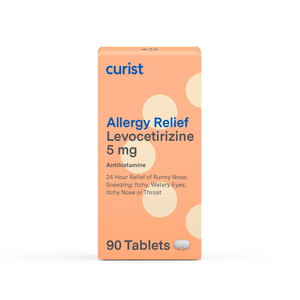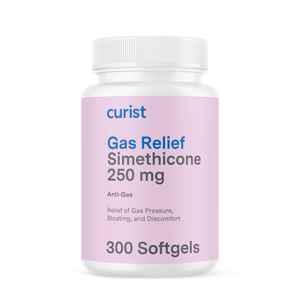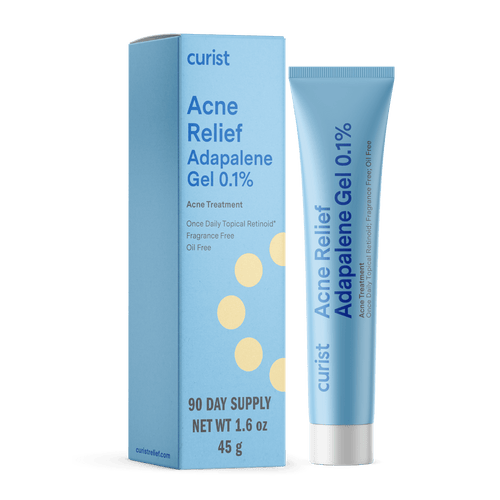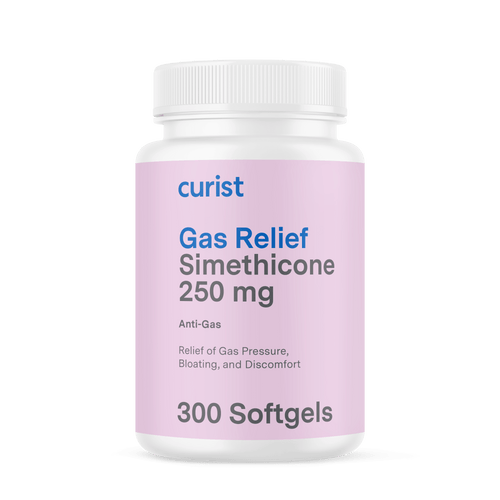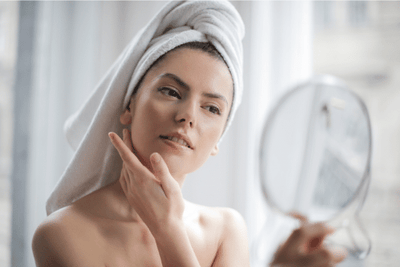
By Dr. Allison Dinh, PharmD, Curist Pharmacy Advisor
Curist delivers over-the-counter medicines to your door at a fraction of the price of traditional brands. We hope everyone stays safe and healthy during this time.
When perusing the skincare aisle, you may find yourself seeing adapalene gel and products containing retinol. These two ingredients are commonly used for their anti-aging properties, but what exactly is the difference between them?
Are Adapalene and Retinol the Same Thing?
Adapalene and retinol are not the same thing, but what they both have in common is that they are types of topical retinoids. Besides adapalene and retinol, there are a number of other topical retinoids out there, such as tretinoin and tazarotene (if you want to read more about tretinoin, see our Adapalene vs Tretinoin vs Benzoyl Peroxide vs Retinol article). It can be a bit confusing since retinol and retinoid are such similar names, but just remember that retinol is a type of retinoid and not the other way around.
What are the Differences Between Adapalene and Retinol?
One of the main differences between adapalene and retinol is that adapalene has an indication for acne in addition to anti-aging benefits whereas retinol is mainly only used for anti-aging. Another difference between retinol and adapalene is that you may often find serums or creams that combine retinol with another ingredient, such as vitamin C to protect against free radicals or niacinamide (also known as vitamin B3) for brightening effects. In contrast, a majority of the time adapalene gels only contain adapalene and no additional skincare ingredient. Furthermore, adapalene is more chemically stable than retinol. This means that extra care must be taken to ensure that retinol products do not oxidize - opaque bottles and tight seals will help with that.
How Do Adapalene and Retinol Work?
Adapalene and retinol are types of retinoids which are vitamin A derivatives. They work by promoting cell turnover which prompts older skin cells to die and come off, making room for newer skin cells to reveal themselves. Adapalene also prevents comedones, or clogged pores, which makes it a great acne-fighting agent. Retinol also helps improve collagen production and skin elasticity because it goes deep into the dermis layer of the skin.
Is Adapalene Stronger than Retinol? Is Retinol Stronger than Adapalene?
Between adapalene and retinol, adapalene is stronger than retinol because adapalene can directly bind to retinoic acid receptors. This means that adapalene does not have to undergo conversion processes in order to be active and start working on your skin – it already is! On the other hand, retinol is not as strong as adapalene because retinol has to go through conversions to turn into the active retinoic acid component before it can start working on your skin.
What are the Side Effects of Using Adapalene and Retinol?
During the first few weeks of treatment with either adapalene or retinol, it is common to experience sensitivity to the sun so it is important to wear a broad-spectrum sunscreen of at least SPF 30 every day on your face. Additionally, itching, redness, and dryness can also occur as side effects of retinol and adapalene. However, these side effects are temporary and should dissipate over time as your skin gets used to the topical retinoid. So don’t be discouraged if you experience this! Stay consistent with your application and your skin will thank you later.
Can I Use Adapalene and Retinol Together?
In theory, you can use adapalene and retinol together. However, it is often not recommended to use retinol and adapalene together because it’s redundant, as both adapalene and retinol are both topical retinoids. Therefore, you should choose which one of adapalene or retinol best fits your needs and stick to it. With skincare, simplicity and consistency are key. Less is more.
How Do I Incorporate Adapalene or Retinol into My Skin Care?
Adapalene or retinol should be applied once nightly. Before applying either retinol or adapalene, it is important to cleanse your face first. Once your face has been washed and patted dry, you will take a pea-sized amount of adapalene or retinol and spread that over your entire face. Make sure to avoid the eyes and mouth. If you use serums or night creams in your skincare routine, you can apply these to your face afterwards. Additionally, it is helpful to apply moisturizer since these topical retinoids can be drying.
Who Should Not Use Adapalene or Retinol?
Women who are pregnant or planning on becoming pregnant should avoid topical retinoid products such as adapalene and retinol. Additionally, mothers who are nursing their child should stay away. This is because using these products while pregnant or breastfeeding could be potentially harmful to the growing fetus.
Furthermore, those with certain existing skin conditions should exercise caution when using adapalene or retinol. These skin conditions may include severe acne, eczema, and rosacea.




